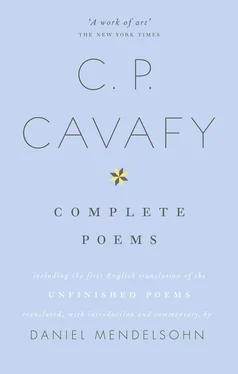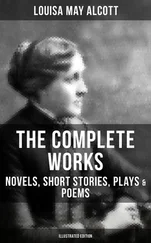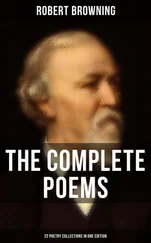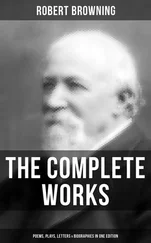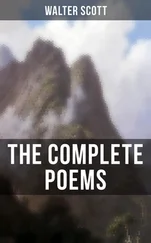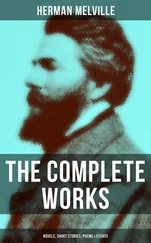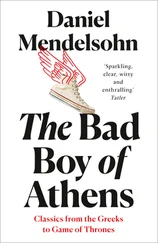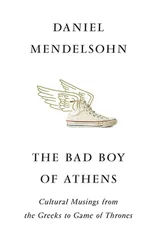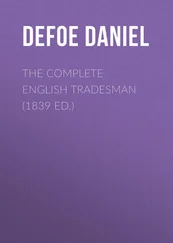The foregoing overview of these rich and quite beautiful works is, of necessity, brief. But in sketching the ways in which the present poems partake so richly of the themes and qualities of the poems already well known to us, I hope to have made clear what will, on a close reading of the poems themselves, be evident: that the Ateli not only complement our knowledge of the great poet’s output, but complete it. The addition of these poems to the canon of Cavafy’s published poetry allows us to say, three-quarters of a century after he died on his seventieth birthday—a perfect concentricity, a polished completion—that his work has, at last, been truly finished.
Although much of Professor Lavagnini’s edition is, necessarily, devoted to discussions of intricate issues related to textual criticism—material that I have not reproduced in this translation—I suspect that even the casual reader is likely to want to know something about the physical state in which these Unfinished Poems were found. As George Savidis observed in the comment that I cited above, it is clear that the poet carefully organized his work in progress. Each of the poems had its own “dossier.” Out of some thick paper—quite often the covers of his own printed collections, which he would appropriate for their new role—Cavafy would fashion a kind of rudimentary envelope (only once did he use an actual envelope), in which he would keep the various bits of paper pertinent to a given poem in progress: drafts, notes, passages from source texts that he had copied out, and so forth. On the outside of the envelope he would write the title (sometimes marked as “provisional”) and a date, consisting of the month and year: the moment, as Savidis argues, when Cavafy conceived the poem.
The meticulousness with which the poet conserved his drafts and materials stands, as Professor Lavagnini has noted, in stark and rather amusing contrast to the often quite random nature of his writing materials. These consisted all too obviously of whatever he had to hand at the moment of inspiration—letters that had been addressed to him, invitations to conferences, and, in one memorable case, a scrap of a cigarette box. One thing that this haphazard physical evidence does suggest bears importantly on our understanding of the poet’s creative process: clearly, when the moment of inspiration struck, he seized on whatever was immediately available and started writing. Each of my Notes begins with a brief summary, based on the Lavagnini commentary, of the contents of the relevant dossier; I have provided fuller discussion of those contents and the state of the manuscript when I thought such material would be of interest to the general reader.
Many readers are also likely to be curious about the physical appearance of the pages themselves, which Professor Lavagnini has rendered accessible through her labors. As is already well known due to the reproduction of some of his manuscripts, Cavafy’s handwriting was, generally speaking, forceful and clear (a godsend to the textual critic); he generally wrote in pencil. Divisions between strophes are often clearly marked, as are deletions, which the poet indicated by means of a line through the rejected verses—or, in cases of major deletions, a large wavy line over the entirety of the material to be deleted. Substitutions and additions are written in the space above the original text, and are, in general, made only after the material to be deleted was clearly marked. For this reason, there are relatively few instances in which variant readings appear without any clear indication of what the poet’s preference was. (It should, however, be said that in a number of cases, the manuscript pages are somewhat illegible, or show signs of vacillation, with confusingly repeated crossings-out and reinsertions; it is in these cases that Professor Lavagnini’s skills as a textual critic have done us the greatest service.)
When there are cases of variant readings in which Professor Lavagnini has been unable to establish priority, I have reproduced these variants (when they are significant, and not merely cases in which the drafts give us one or more synonyms for a given word, as is often the case) in the Notes, with commentary where appropriate. In no case have I chosen to present as part of the translation a variant that has been rejected by Professor Lavagnini. Only in the case of “Epitaph of a Samian” have I deviated from her printed text, for reasons I explain in the note to that poem.
In the interests of making these poems accessible to the general reader, I am not reproducing what textual scholars refer to as the “diplomatic text”—a text that indicates, by means of a series of conventional notations, all of the additions, deletions, insertions, and emendations that were made at each stage of composition. The texts of the poems themselves, therefore, simply reproduce what Professor Lavagnini, with admirable scrupulousness, refers to as “the last” (rather than “the final”) of the “forms” that can be construed from Cavafy’s manuscript pages. In this I feel licensed by, and am indeed following the example of, none other than Professor Lavagnini herself. In a Note to her late father’s translation of Cavafy into Italian (which includes translations of the Unfinished Poems based on these “last” forms), she writes that
The well-known caution that Cavafy showed in deciding when and how to entrust his poems to the printer can make the decision to publish these [Unfinished] texts today seem arbitrary—texts that the author considered still incomplete, and which, indeed, must be read in the contexts of the drafts and variants that precede them in order to be fully understood: something that is possible only for those who can read them in the original. But we nonetheless believe that, even granting those reservations, no reader of Cavafy would give up the chance to get to know these new, precious fragments which have been patiently gleaned from the poet’s workshop. fn1
The only poem in this translation that bears visible witness to the textual uncertainties which I have mentioned above is, necessarily, one called “Zenobia,” in which the editor herself was unable to make out the poet’s writing at one point. There I have reproduced, in the appropriate spot in the main text of the translation, the standard notation for illegible characters: a small square cross, each one representing approximately two characters in the original manuscript. It seemed to me that the reader deserves to know where it is simply impossible to make out the poet’s intention—an uncertainty, we must always remember, that haunts all of these beautiful but unfinished works.
But then, as Cavafy himself knew better than most, the meanings, intentions, and ambitions of those who inhabited the past are nearly always smoothed away by the passage of the millennia, the centuries, the years. Time, in the end, is the final arbiter—of literary reputations, as well as other things. In the second of the essays he wrote about Cavafy, in the hopes of alerting English speakers to a poet “whose attitude to the past did not commend him to some of his contemporaries,” E. M. Forster, writing in 1951, recalled a conversation he had with the poet in 1918:
Half humorously, half seriously, he once compared the Greeks and the English. The two peoples are almost exactly alike, he argued; quick-witted, resourceful, adventurous. “But there is one unfortunate difference between us, one little difference. We Greeks have lost our capital—and the results are what you see. Pray, my dear Forster, oh pray, that you never lose your capital.”
“His words made one think,” Forster went on, after ruefully observing that, while British insolvency had seemed impossible in 1918, the passage of three decades and a world war had made “all things possible.” Now, when twice as many decades have passed since Forster wrote those words, there is once more occasion to “think” about the themes—the unexpected faltering of overconfident empires; the uneasy margins where West and East meet, sometimes productively but often not; how easy it is, for polities as well as for people, to “lose one’s capital”—which once again turn out to be not “historical” but, if anything, very contemporary indeed; themes that the “very wise, very civilized man” kept returning to, knowing full well, as historians do, that the backward glance can, in the end, be a glimpse into the future.
Читать дальше
